Electrophysiology Study Test in Nagpur
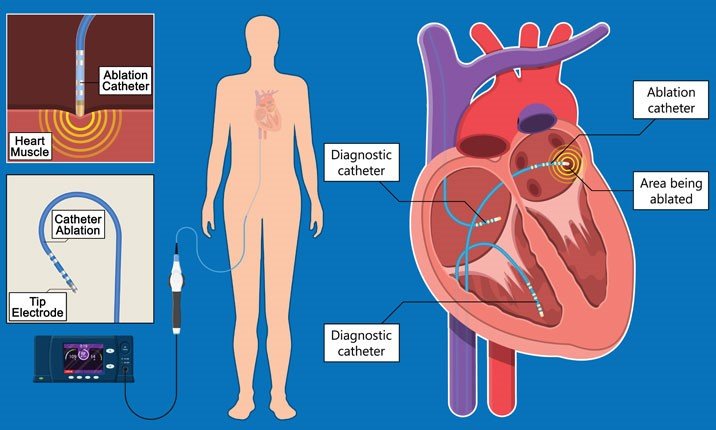
What is an Electrophysiology Study?
An Electrophysiology Study (EP study) is a test utilized to assess the heart’s electrical framework and check for abnormal heart rhythms. The natural electrical impulses coordinate the contractions of different parts of the heart. This helps maintain normal blood circulation. This movement of the heart produces the heartbeat. This is done so the heart can be evaluated and its damaging causes can be found. It may also be done to help evaluate how your body responds to some medicines.
During an EP study, a heart rhythm specialist or an electrophysiologist can also map the propagation of electrical impulses from the heart with each beat. This may be done to help find the source of the irregular heartbeat.
Procedure of EP Study
After we have learned what electrophysiology study is, let’s now move on to the procedure. The EP study is done in a hospital electrophysiology lab, where you will be placed on an X-ray table. A camera and television screen, heart rate monitor and various instruments will be nearby. Electrodes will be placed on your chest and back to connect you to a monitoring device. A blood pressure cuff will be placed on your upper arm to monitor your blood pressure.
- To prevent infection, the nurse will shave and clean the groin and possibly the neck area where the catheter is placed. The area will be cleaned with a disinfectant.
- Find a comfortable position where you can lie still during the procedure.
- Depending on the type of study you’re going through, you may be given an injection into a vein, an injection into your arm to calm you down, or make you drowsy. These medications help reduce your anxiety and ease your discomfort. Your doctor will let you know if sedation is appropriate.
- A local anesthetic will be used with a fine needle to numb the area where the catheter is inserted.
- One or more catheters, which are thin, long, flexible wires, will be inserted into a large vein in your groin or neck. The catheter will be guided to your heart. The position of the catheters inside your heart will be monitored on the monitor.
Benefits of EP Study
Why is of EP Study done?
Your Cardiologist may advise an Electrophysiology study for several reasons so as to evaluate symptoms such as dizziness, fainting, weakness, palpitations, or other symptoms to see if they could be caused by a rhythm problem. This may be done when other tests aren’t clear and your doctor suspects you have a heart rhythm problem. EP studies can also be used to get information about an abnormally fast or slow heart rate.
EP studies are sometimes done to find the source of the heart rhythm problem for the purpose of ablation after the source is identified and to see the medications used to treat the heart rhythm problem how well it is working.
What are the risks involved in EP Study?
In most cases, this procedure is quite safe. Potential risks may include things such as arrhythmia. An arrhythmia may occur during the EP examination and cause dizziness. In this case, your doctor may give your heart an electric shock to get it back to normal. A heart attack (myocardial infarction), stroke, or damage to a heart valve can also be fatal.
In some cases, a blood clot forms at the tip of the catheter and breaks off, blocking the blood vessel. Your doctor may prescribe drugs to prevent blood clots. Infection, bleeding, and bruising at the catheter insertion site (groin, arm, or neck) may also occur. Doctors and nurses can help avoid these problems.
What happens during an Electrophysiological Study?
In hospitals and clinics, doctors and nurses perform EP tests in rooms with special testing equipment. This room may be called the “Electrophysiology Laboratory” or the “EP Laboratory” or some call it a catheterization lab. During testing:
- A nurse will plug her IV (infusion line) into your arm. You will be given drugs to help you relax (sedatives). However, during the test I am awake and able to follow instructions.
- It usually occurs in the groin, but can also occur in the arms and neck.
- An injection of local anesthetic is given to numb the area. A doctor inserts a needle through the skin and into a blood vessel.
- Your doctor sends small electrical pulses through the catheter to make your heart beat at different rates. You may feel your heart beat faster and faster.
- Electrical signals produced by the heart are picked up and recorded by a special catheter. This is called cardiac mapping and allows doctors to pinpoint the cause of an abnormal heart rhythm.
- Your doctor will remove the catheter and IV line. The nurse will apply pressure to the injection site to stop the bleeding. The test usually lasts 1-4 hours.
- If the type and location of the arrhythmia have been identified and appropriate therapy determined, cardiac ablation or insertion of a cardiac pacemaker or his ICD can be performed during or shortly after the EP study.
Key Parts of Electrophysiology Study
An electrophysiology (EP) study involves several key parts that help doctors understand and manage heart rhythm issues:
Catheter Insertion
Thin, flexible tubes called catheters are carefully inserted into blood vessels, typically in the groin or neck area, and guided to the heart.
Mapping and Recording
Catheters record the heart’s electrical signals, creating a map that helps locate abnormal areas or irregular heart rhythms.
Provocation Techniques
Using the catheters, doctors can trigger or provoke abnormal heart rhythms to understand how and where they originate.
What happen after the Procedure EP Study?
You will be moved to the recovery room for 1 to 3 hours. In this time:
- Lie still for as long as the nurse tells you to. Be sure to keep the arm or leg used for the test straight.
- Your nurse will check for bleeding or swelling at the puncture site.
- Before you leave, you will be told what to do at home. Follow the instructions your nurse or doctor has given you, including taking any new medicines that have been prescribed for you. Most people can start eating and taking medicine within 4 to 6 hours after the test. Most are able to do their usual daily activities the day after the test. Do not drive for at least 24 hours.
- The needle puncture site may be painful for several days. A small bruise at the puncture site is normal. If the site begins to bleed, lie flat and press firmly on it. Have someone call your doctor or EP lab.
Till date patients of Nagpur were referred to metropolitan cities like Mumbai or Hyderabad for this treatment or senior EP specialists used to visit Nagpur to treat patients. With full time accessibility of Dr. Chetan Rathi at Nagpur, 1st EP specialist of not only Nagpur but whole Vidarbha locale, patients can indeed profit from this facility at Nagpur.
Our Medical Services

ECG
An electrocardiogram (ECG) is one of the only and speediest tests utilized to survey the heart. Anodes (small, plastic patches that stick to the skin) are set at certain spots on the chest, arms, and legs.
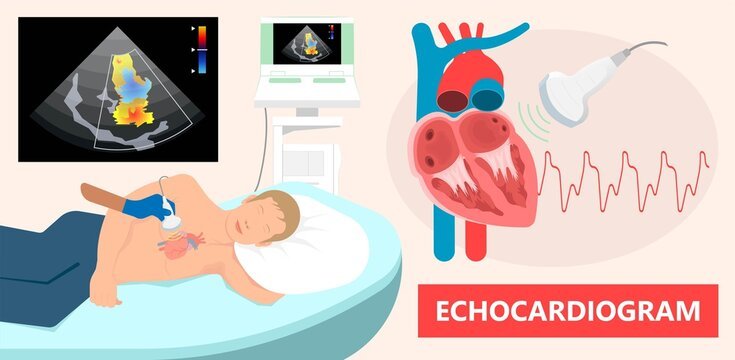
2D Echo
A two-dimensional Echocardiogram or 2D Echo test is a demonstrative test that employs ultrasound waves to evaluate the working of the heart.

Holter Monitoring
Holter monitoring measures your heart activity over an extended period, usually between 24 and 48 hours. Basically, a Holter Monitoring is a portable device which records the heart’s electrical signals.

BP Monitoring
Each time your heart beats, it pumps blood into your arteries. A blood pressure measurement may be a test that measures the force (pressure) in your arteries as your heart pumps.

Coronary Angiography
Coronary angiography diagnoses and evaluates coronary artery blockages. Contrast dye is injected into arteries, enabling X-ray imaging to visualize blood flow and identify narrowing or blockages.
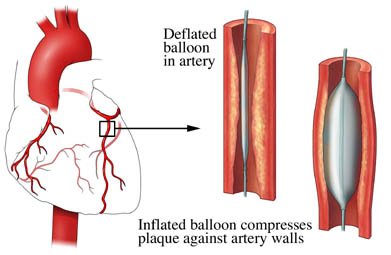
Coronary Angioplasty
Coronary angioplasty is a minimally invasive technique of abdominal artery angioplasty, which is used to treat coronary arteries that are obstructed or constricted and it is the most appropriate technique used by doctors for the treatment.

Best Cardiologist in Nagpur
Introducing Dr. Chetan Rathi, a distinguished Cardiologist in Nagpur, whose eminence transcends the realm of medical proficiency.
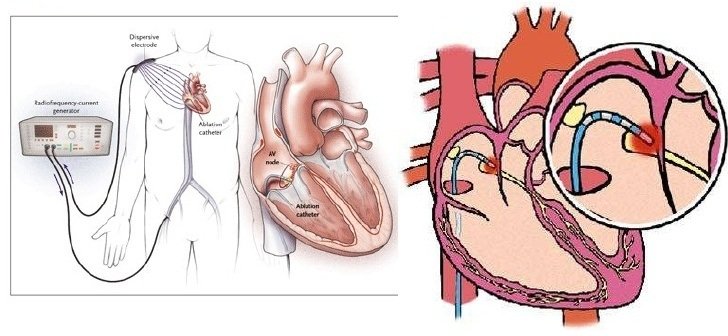
Radiofrequency Ablation
Radiofrequency Ablation (RFA) is a minimally invasive medical procedure that uses high-frequency electrical currents to generate heat, effectively destroying abnormal tissue or cells.
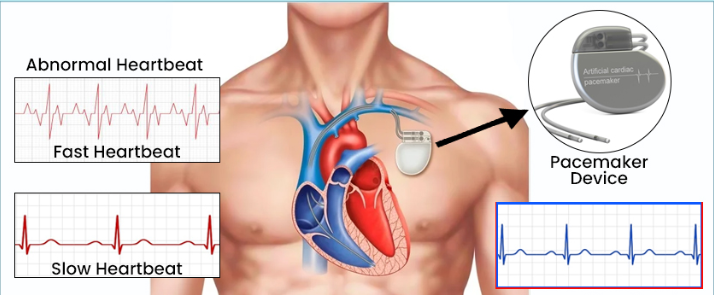
Pacemaker Implantation
Pacemakers are medical devices designed to support and regulate the electrical system of the heart, ensuring it functions properly. This medical procedure entails the insertion of a small device into the chest region.

ICD Implantation
An Implantable Cardioverter-Defibrillator (ICD) is a life-saving device that plays a crucial role in monitoring and regulating heart rhythms. It consists of a pulse generator and leads implanted in the heart.

CRT_P & CRT-D Implantation
CRT implantation is a process in which technological instruments known as CRT-P and CRT-D where p stands for pacemaker and d stands for defibrillator.

Valvuloplasty
A balloon mitral valvuloplasty is a process to extend a restricted heart valve and improve blood flow. The heart valves handle how blood drives through the heart.
Our Achievements in Numbers
Happy Patients
Years of Overall Experience
Specialisations
Hospital Associations
Awards & Recognition
Patient Testimonials
Dr Chetan Rathi sir is good cardiologist. I visited him many times with my family and friends for consult about issues related with cardiology.
Our Videos




Our Blog
 How Does Vitamin D Affect Your Heart?
How Does Vitamin D Affect Your Heart?
Vitamin D is much more than the “sunshine vitamin”; it is very important in the whole body of heart health. It works from bone health to an enhanced immunity function. Scientific studies show that this regulates cardiovascular health; therefore, it is a very great factor in preventing heart diseases and maintaining optimal heart function. This… Continue reading How Does Vitamin D Affect Your Heart?
Read More Understanding Diabetes: Causes, Symptoms, and Management
Understanding Diabetes: Causes, Symptoms, and Management
Diabetes mellitus is a chronic condition that affects the way your body processes glucose, or sugar. Unchecked, diabetes mellitus can lead to serious complications, such as heart disease and kidney damage, as well as nerve problems. Understanding the types of diabetes, the symptoms of diabetes, the causes of diabetes, and how to take care of… Continue reading Understanding Diabetes: Causes, Symptoms, and Management
Read More What Is Syncope and How Can It Be Prevented and Treated?
What Is Syncope and How Can It Be Prevented and Treated?
Syncope, also known as fainting, is a short-lived loss of consciousness which primarily results from a sudden decrease in blood flow to the brain. Although fainting can be alarming, syncope is generally not a serious condition and can be caused by a variety of reasons; however, it may indicate an underlying serious medical condition in… Continue reading What Is Syncope and How Can It Be Prevented and Treated?
Read More



